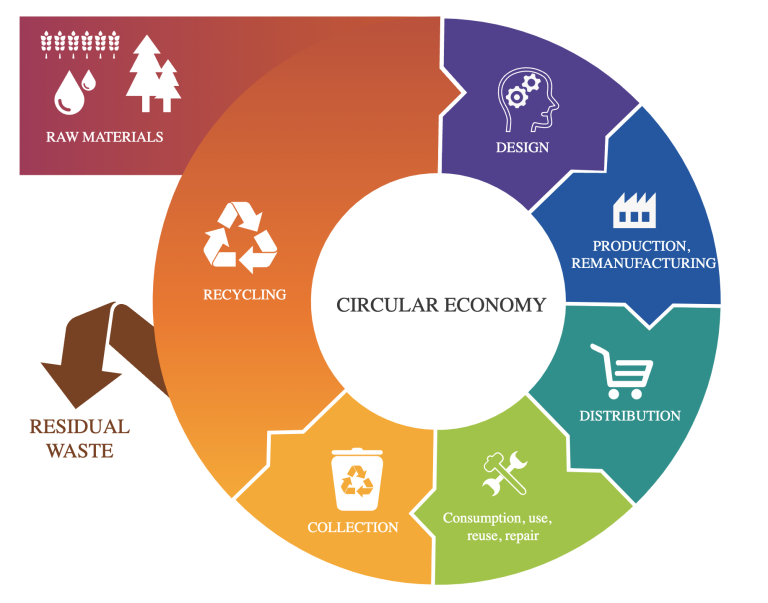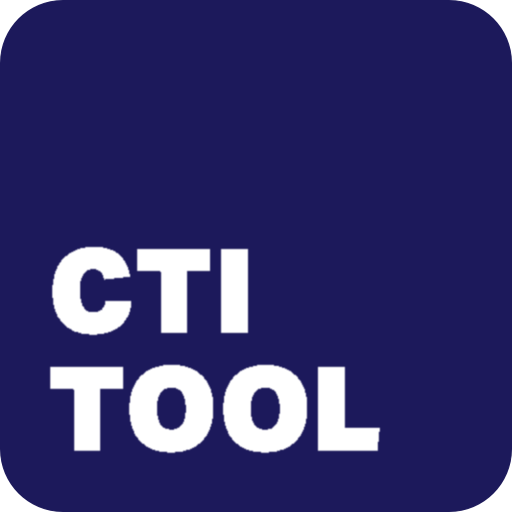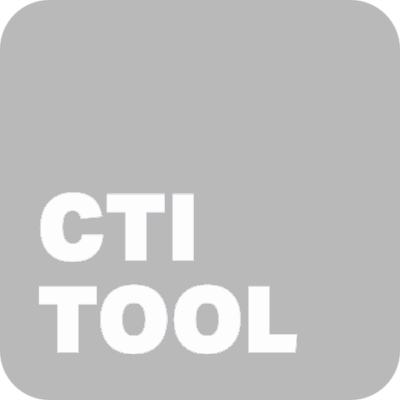Accelerating the Shift to a Circular Economy
How CTI Tool Can Help Reach Your Sustainability Goals

Circular IQ’s CTI Tool is the WBCSD endorsed software tool for effectively measuring CTI and leveraging these insights.
Understanding the Circular Economy
The world is becoming increasingly aware of the need to transition towards a circular economy. Given the growing awareness of the limitations and negative impacts of our current linear economy, characterized by a take-make-waste model, the shift towards a circular economy, where waste is eliminated and resources are continuously reused, is inevitable and urgently needed. But how do companies move towards a more circular approach in their operations, specifically in their material use? How do they ensure they’re on track to achieve their 2030 goals?
A circular economy involves rethinking our traditional economic model and putting into practice a system that is restorative and regenerative by design. It aims to redefine growth, focusing on positive societal benefits and moving away from the consumption of finite resources.
The Challenge of Transitioning
For many businesses, the transition to a circular economy presents a challenge. It requires an innovative and multifaceted approach, not just in data-collection, design and manufacturing processes, but also in the ways that materials are sourced, used, and managed at the end of their life cycle. This transition becomes even more pressing as companies set ambitious sustainability goals for 2030.
The Role of CTI Tool in Accelerating the Transition
This is where the CTI Tool comes in. As a comprehensive solution, CTI Tool assists companies in their journey towards a circular economy, providing the necessary insights to make informed decisions and steps towards their 2030 targets.
Through robust material accounting software, the CTI Tool gives a clear picture of your material flows and their composition. Allowing you to identify and phase out linear materials (virgin content) and replace them with circular ones (recycled and/or renewable content – from sourcing to end-of-life. It provides valuable insights into the potential for increasing resource efficiency and identifying opportunities for reuse, recycling, and recovery of materials.
Sign-up for a free account
Sign up for now to get a chance to win 1 month CTI Tool Premium subscription!
Aligning with Sustainability Goals
Conclusion
Contact Roy for more info
Book a meeting or connect via linkedin




